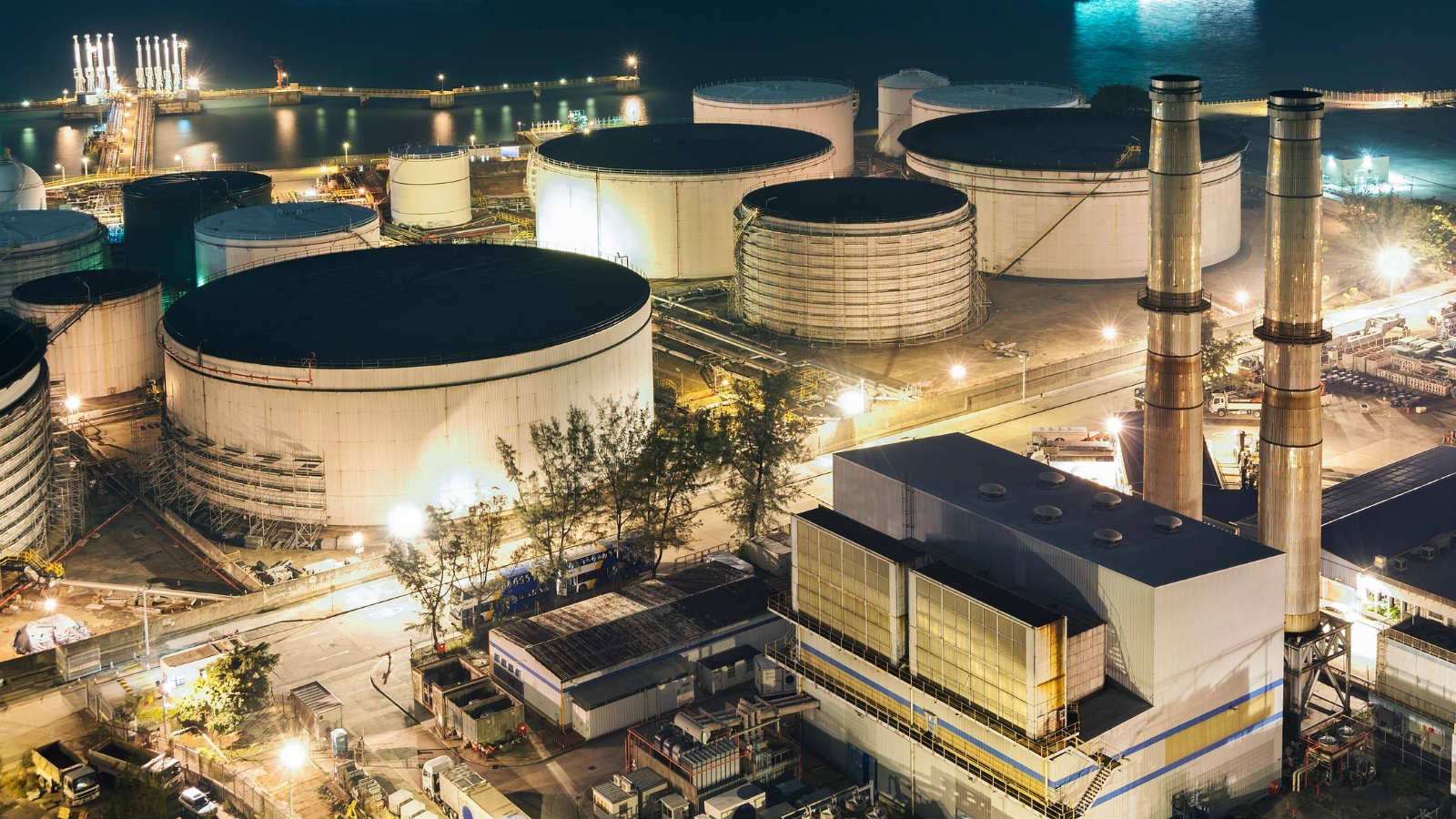California gas tax increase is now law. What it costs you and what it fixes:
The money comes largely from a 12-cent increase in the base gasoline excise tax and a new transportation improvement fee based on vehicle value. Other money will come from paying off past transportation loans, Caltrans savings, and new charges on diesel fuel and zero-emission vehicles.
The bulk of the revenue raised will go to various state and local road programs, as well as public transit, goods movement and traffic congestion.
The measure, Senate Bill 1, sets ambitious goals. By the end of 2027, it says least 98 percent of state highway pavement should be in good or fair condition, at least 90 percent of culverts should be in good or fair condition and at least 500 bridges must be fixed.
In June 2018, meanwhile, California voters will get to weigh in on another part of the package: a constitutional amendment supporters say will keep lawmakers from diverting the money to other purposes.
Taxes and fees
Gas taxes
Existing: The base excise tax is 18 cents a gallon. A price-based excise tax is currently set at 9.8 cents a gallon, for a total rate of 27.8 cents a gallon.
Nov. 1, 2017: The base excise tax will increase to 30 cents a gallon.
July 1, 2019: The price-based excise tax will reset to 17.3 cents a gallon, about half-a-cent more than the rate the Brown administration projects will be in effect by then anyway.
The 47.3-cent combined excise tax in effect July 1, 2019 will be adjusted for inflation beginning July 1, 2020.
Average annual revenue: $2.4 billion
Diesel taxes
Existing: The base excise tax is 16 cents a gallon. The state also collects two categories of sales taxes on diesel fuel: the regular state and local sales tax, which averages 8.44 percent, and an additional 1.75 percent sales tax.
Nov. 1, 2017: Base diesel fuel excise tax will increase to 36 cents a gallon. The 36-cent excise tax will be adjusted for inflation beginning July 1, 2020.
Nov. 1, 2017: The 1.75 percent diesel fuel sales tax will increase to 5.75 percent.
Estimated annual revenue: $1.08 billion
Transportation improvement fee
Existing: The Department of Motor Vehicles’ base registration fee is $53.
Jan. 1, 2018: People will pay a new “transportation improvement fee” ranging from $25 to $175, depending on the value of their vehicle:
| Value | Fee |
| Up to$4,999 | $25 |
| $5,000-$24,999 | $50 |
| $25,000-$34,999 | $100 |
| $35,000-$59,999 | $150 |
| $60,000 and up | $175 |
The fee will be adjusted for inflation beginning Jan. 1, 2020.
Estimated revenue: $1.6 billion
Zero-emission vehicles
Existing: There are no ZEV-specific charges.
July 1, 2020: New $100 “road improvement fee.” The fee will be adjusted for inflation beginning Jan. 1, 2021.
Estimated revenue: $20 million
Other revenue
▪ $706 million in one-time revenue from the general fund’s repayment of transportation loans
▪ $100 million annually from unspecified Caltrans savings
Where will the money go?
Road Maintenance and Rehabilitation Program – $3.24 billion a year on average: Off the top, the program allocates several hundred million dollars to various endeavors:
▪ $400 million to maintain and repair state bridges and culverts
▪ $200 million for Sacramento and 23 other counties with local transportation taxes
▪ $100 million to increase the number of trips by bike and on foot
▪ $25 million for the freeway service patrol program
▪ $25 million for sustainable communities planning grants to local governments
▪ $7 million total for transportation-related research and education at UC ($5 million) and CSU ($2 million)
▪ $5 million in workforce development grants to local agencies
Of the roughly $2.48 billion remaining, half would go to Caltrans for state highway maintenance and rehabilitation. The other half would go to cities and counties for road maintenance and repair projects and railroad grade separations. It also pays for an emphasis on “complete streets” that are safer for walkers and bikers, capture stormwater, and include other features.
State highways – $1.49 billion
Local streets and roads – $1.48 billion
Public transit – $700 million: Receives an additional one-time $256 million from the transportation loan payback. The money will pay for local bus and light-rail systems, new equipment and other capital expenses.
Trade – $365 million: Pays for projects to improve movement of goods from the state’s large ports and other trade facilities.
Traffic – $250 million: Congested Corridors Program is intended to reduce traffic on California’s most heavily traveled roads.
Parks, boats: The State Parks and Recreation Fund will collect the revenue from the 12-cent gas excise tax increase on gas purchases for boats and other off-highway vehicles. The money will be used for state parks, boating programs, off-highway vehicle parks and other services.
Other provisions
▪ Creates a $30 million program to reduce the burden of transportation projects on the environment.
▪ Creates a state transportation inspector general within a new Caltrans Independent Office of Audits and Investigations.
– Sets regulations giving commercial truckers more time to comply with pollution-control regulations.



